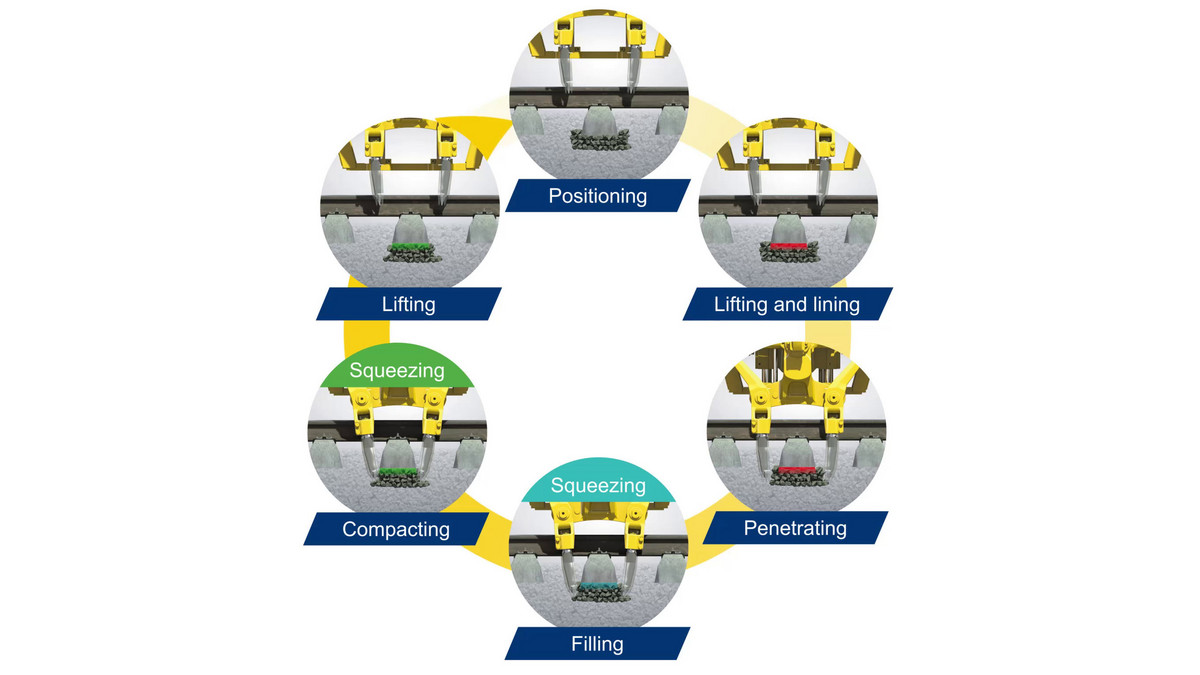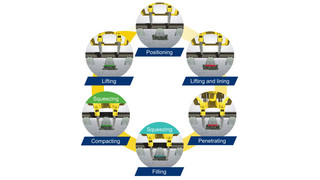Safe and comfortable train travel is only possible on a track with the correct geometry. The first machines which could quickly and reliably create this track condition were manufactured by Plasser & Theurer. Plasser & Theurer developed the world’s most widely used, hydraulic non-synchronous constant pressure tamping principle for fixing tracks in the correct position.
In the meantime, thousands of levelling, lifting, lining, and tamping machines from Linz are operating around the world. In line with operating companies’ individual requirements, this machine portfolio provides a unique selection nowadays. For tamping machines, we mostly differentiate between machines in standard railway vehicle design for plain-line tracks or turnouts, equipped with 1-,2-,3-, or 4-sleeper tamping units; self-loading or road-rail tamping machines; and lightweight tamping machines. Machines built in special designs are also included in these categories, for example, ones that are fully soundproofed or for special tasks such as tamping Y-sleepers or remedying isolated defects. Other examples include small track radii, tight structure gauges, power rails, or various track gauges and structure gauges.




